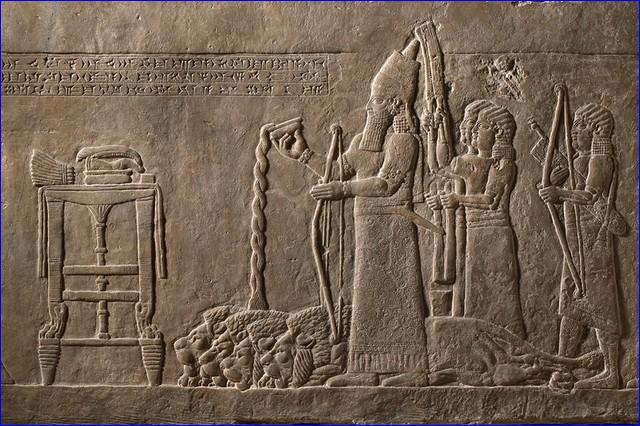


Scholars spent 90 years creating the dictionary, which was completed in 2010. According to the Encyclopedia Britannica, the dictionary contains some 28,000 words that were used between 2500 B.C. and 100 A.D. Hard copies of all 21 volumes sell for a hefty $2,000, but the PDFs are available for free.
Akkadian is a Semitic language, and it was written in a cuneiform script. As the Akkad dynasty proliferated, Akkadian replaced Sumerian, the world's oldest-known written language, as the spoken tongue of southern Mesopotamia. Simultaneously, Akkadian splintered off into Babylonian and Assyrian dialects, with Babylonian becoming the lingua franca of the Middle East around the ninth century B.C.
But by the seventh century B.C., the Babylonian dialect began to be supplanted by Aramaic as the region's primary spoken and written language. It took several more centuries for the Aramaic language to fully conquer Assyria and Babylonia, according to historian H. W. F. Saggs, but come 100 A.D., Akkadian had completely disappeared from use.
The dead language left behind a rich record of cuneiform script, however, preserved on clay tablets and stone inscriptions. That allowed scholars revisiting the language to decipher the once-common tongue by the mid-19th century. Approximately 100 years later, in the early 1920s, the Oriental Institute of the University of Chicago began work on its Assyrian Dictionary. The feat was "conceived to provide more than lexical information alone," the publication explains, "presenting each word in a meaningful context, usually with a full and idiomatic translation... [to recreate] the cultural milieu."
Now, the institute's newly digitized version of its dictionary makes it easier than ever to explore this ancient language. So, if you've ever felt inclined to read the Epic of Gilgamesh in its original Akkadian, here's your chance.

or register to post a comment.